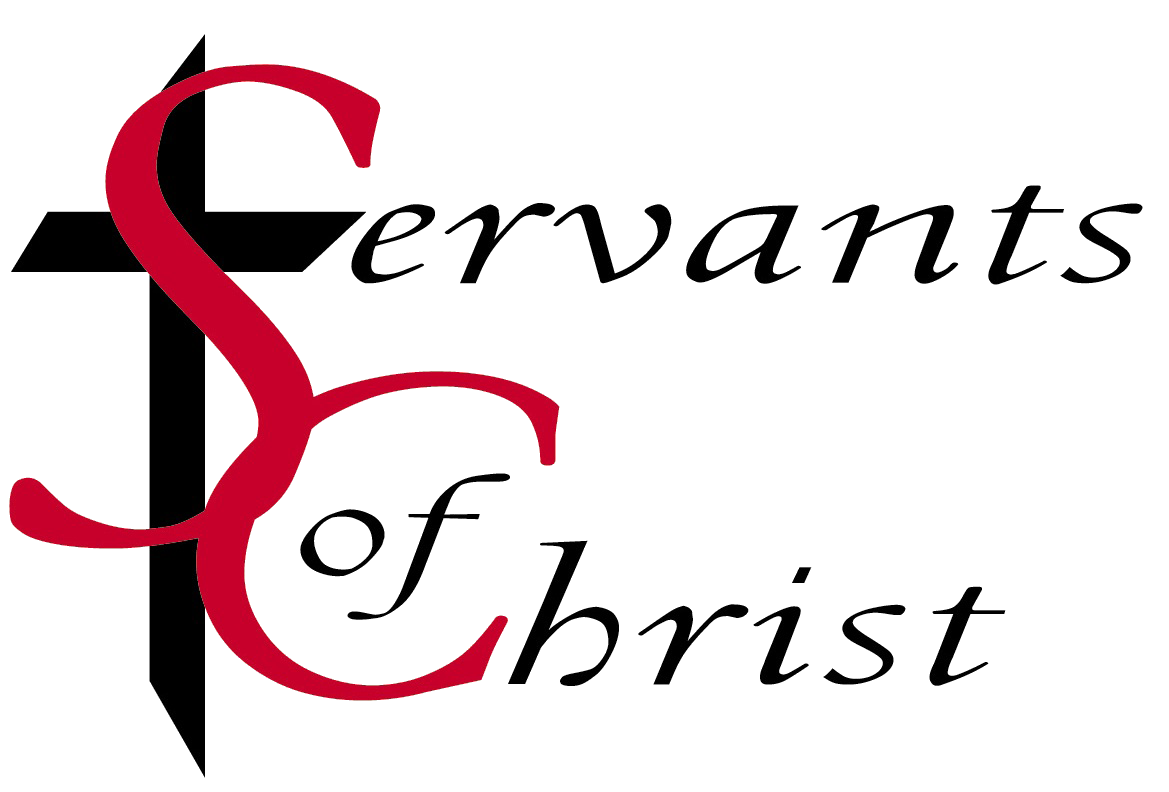Sunday, March 26, 2023 | Trey Comstock
A castle rises out of the mountain as if its carved by the same forced that shaped the peaks surrounding it. Claps of thunder reverberate off the rocks. Lighting repeatedly strikes the castls and the giant copper tower that sticks up beyond the parapet. Huge bundles of wires carry that electricity down into bowels of castles to a laboratory in the deepest dungeon. There, an evil and lonely genius has been assembling his perfect companion, piece by horrifying piece. His project nears completion. He carefully sews the last limb, while his hobbled assistance holds it in place. This new creation still lacks one thing – life. Now that all the parts are assembled, he just needs to throw the switch, and the humming capacitors around the room will unleash their millions of volts of stored lightning into the creature. The lovesick scientist steps back, taking a moment to observe his masterwork. He nods at his assistant, who brings rubber gloves. The mad inventor dons the gloves, crosses to the switch, and places his gloved hands on it feeling the power coursing through it. With a mighty effort, he throws the switch. Unimaginable forces flow into the lifeless body on the table. Sparks jump everywhere. The sound of static overwhelms the ears. All the lights go out. In the pitch black of the laboratory, a faint groaning breaks the stunned silence. The creature lives.
We can picture this scene so well because it’s how movies and cartoons have chosen to represent this moment from Mary Shelly’s Frankenstein. Parts get assembled, but some sort of electric zappy apparatus channels the power of a dark and stormy night to animate the being. It’s a dark, gothic take on resurrection, but it does capture something essential about life. It needs a spark – not just a form.
Frankly, the image of a reanimated, re-enfleshed field of dry bones from Ezekiel 37 fits well with Mary Shelly and a dark and stormy night. Like a lot of Ezekiel, the prophet receives an extreme and visceral message from God. Giving life to these dry ones happen in two stages. First, they get reassembled and given form once again, but that doesn’t complete the process. It’s the divine breath breathing into these bones that give them full life again.
Then he said to me, ‘Prophesy to the breath, prophesy, mortal, and say to the breath: Thus says the Lord God: Come from the four winds, O breath,* and breathe upon these slain, that they may live.’ I prophesied as he commanded me, and the breath came into them, and they lived, and stood on their feet, a vast multitude. (Ezekiel 37:9-10 NRSV)
In this second stage, God throws the switch, not on some elaborate Victorian shocking machine, but on the Spirit of God. The Hebrew word here is “Ruah,” which can mean breath, or wind, or spirit. This breath/wind/spirit enters these bodies and revive them.
God does the same thing with Adam, way back at creation. “then the Lord God formed man from the dust of the ground, and breathed into his nostrils the breath of life; and the man became a living being.” (Genesis 2:7) Adam (man) gets formed from adamah (dust), but only the ruah (breath/wind/spirit) of God enlivens him. Without this steps, bones are just bones, and dust is just dust. Life requires a piece of God’s lifeforce to get going.
This breath/wind/spirit wordplay continues into the New Testament. The Greek word used for spirit, as in the Holy Spirit, is pneuma. It can also translate as wind. That’s how it ends up in words like pneumatic – using air to do work. Both Greek and Hebrew give us this sense that the Spirit of God resembles a wind moving the world and the breath of life in our lungs.
The true point of Ezekiel 37 rests in a spiritual revival, not actually a physical one.
Then he said to me, ‘Mortal, these bones are the whole house of Israel. They say, “Our bones are dried up, and our hope is lost; we are cut off completely.” Therefore prophesy, and say to them, Thus says the Lord God: I am going to open your graves, and bring you up from your graves, O my people; and I will bring you back to the land of Israel. And you shall know that I am the Lord, when I open your graves, and bring you up from your graves, O my people. I will put my spirit within you, and you shall live, and I will place you on your own soil; then you shall know that I, the Lord, have spoken and will act, says the Lord.’ (Ezekiel 37:11-14 NRSV)
God’s ruah will once again come into God’s people, and the relationship will be restored. They will leave exile and return how a whole people. Physical life begins with the Spirit of God, and Spiritual life shares that same connection. The Spirit of God moving in the life of people give us the possibility of spiritual transformation.
John Wesley describes the spiritual life as respiration. God breathes prevenient grace out into the world. We breathe it in and find our way to God. We commit our lives to God, and God breathes into us God’s Spirit to regenerate our souls and begin the work of sanctification. From there, God keeps breathing out God’s spirit, and if we are to grow into sanctification, we have to continually breathe in that grace to let it do its work in us.
If you find yourself feeling like spiritual dry bones or a lifeless creature on a mad scientist’s table, you need that divine spark, that breath of God, that Holy Spirit. We can take comfort though that we don’t need a Rube Goldberg-esque device to capture it. God wants desperately for you to have new life and in abundance. The Holy Spirit shows up to every worship service, every Bible Study, every moment of prayer, every time that we take Communion, and a thousand moments more. To paraphrase Matthew 18:20, if there’s at least two followers of God present, Christ promised to show up. We need to be more open to letting that Spirit in and seeking that Spirit out. God never meant us to live as dry bones.

